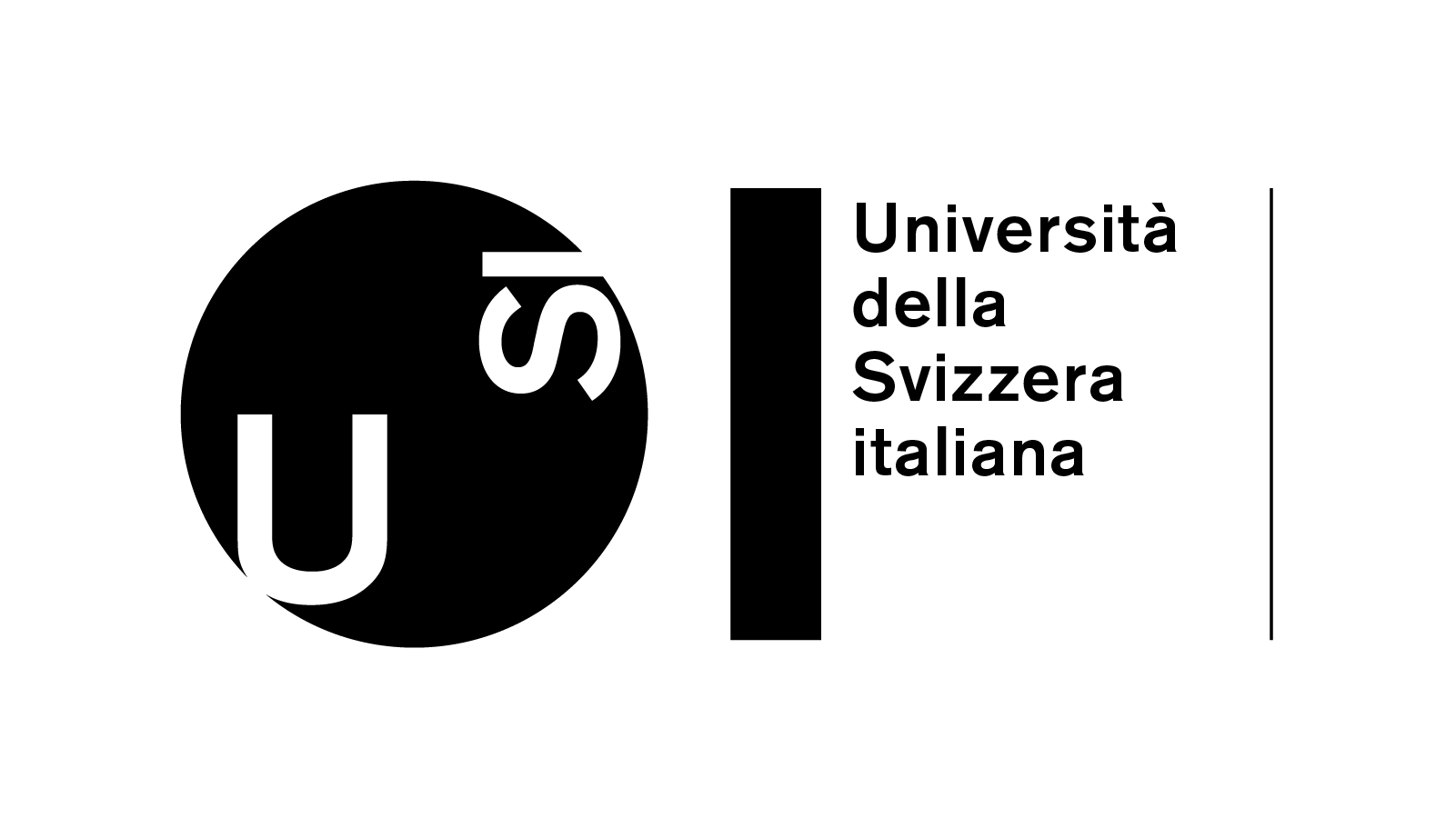At the end of July the five-year project funded by the Global Climate Observing System (GCOS) Switzerland, which involved the Specola Solare Ticinese and the ETH-Zurich University Archives, came to an end. The aim of the project was to digitise, preserve and disseminate the data, in both analogic (drawings) and digital format, the observations carried out at the Specola from its foundation in 1957 to the present day.
All original drawings are now safely stored in the Zurich archives and the high-resolution scans can be viewed on the e-manuscripta website (https://www.e-manuscripta.ch/). The complete database, updated to the present day, can be consulted freely of charge on the Specola website (https://www.specola.ch/) and contains data on all drawings and sunspot groups (number, counting, classification, coordinates). The database is also be downloaded from the Zenodo repository (https://doi.org/10.5281/zenodo.8117331) as benefit for the scientific community of solar physics or climatology, but also for anyone interested in research on our star.
Over the next few years, the project will continue thanks to funding from the Canton of Ticino through Swisslos funds, with the aim of further expanding the data collected in the database.
The completion of the project would not have been possible without the tireless, constant and patient collaboration of all the observers who, from 1957 to the present day, have served at the Specola. In particular, the authors wish to dedicate this result to the most prominent among them, namely Sergio Cortesi (1932-2021).
The project has been carried out with the support of the Federal Office of Meteorology and Climatology MeteoSwiss, in the framework of GCOS Switzerland.
The Specola would like to thank for their indispensable cooperation the ETH-Zurich University Archives and DigiCenter, in particular by Evelyn Boesch and Christian Huber, the staff of the Solar Influences Data Analysis Center (SILSO) who developed the DigiSun software and provided invaluable advice on a regular basis, in particular Frédéric Clette and Sabrina Bechet, and the staff of the Istituto ricerche solari Aldo e Cele Daccò (IRSOL Christian Skorski and Bruno Barbieri. The Specola Solare Ticinese is supported by funding from the Canton of Ticino through Swisslos funds.


